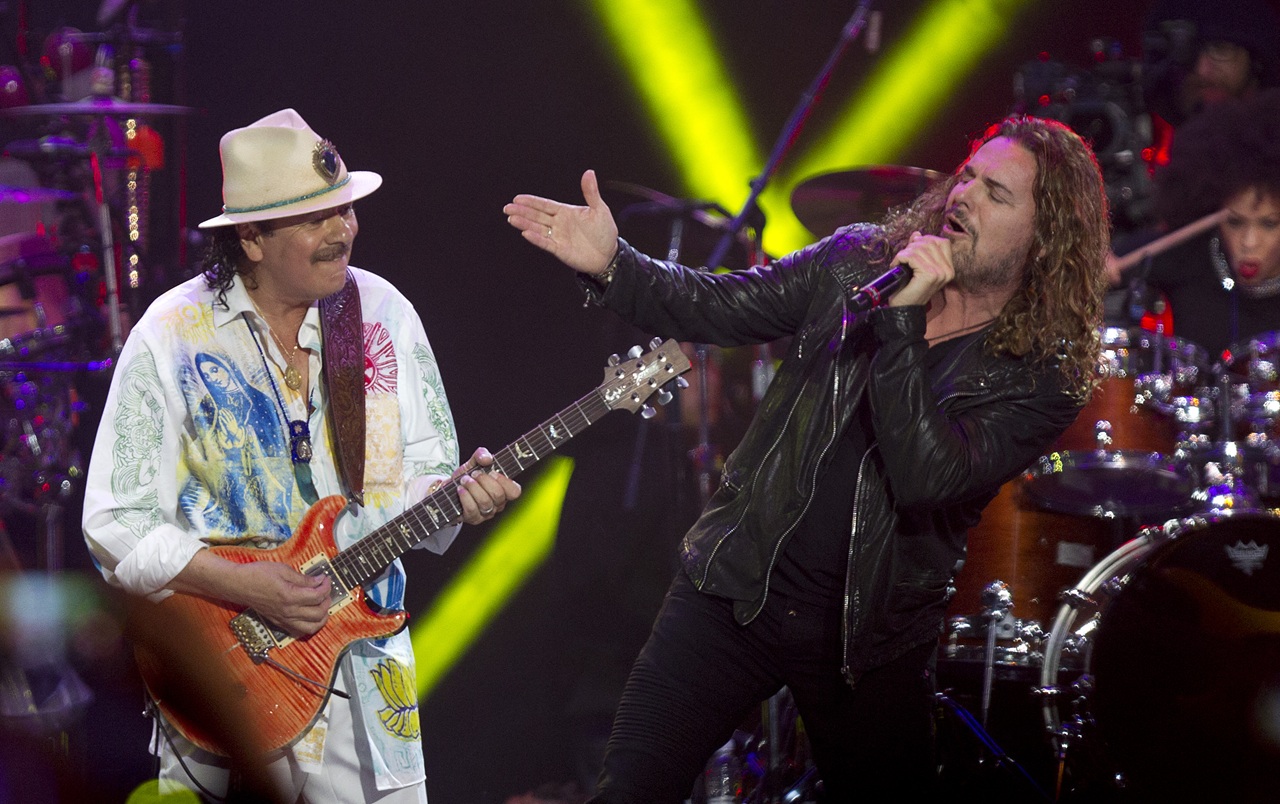
Navajo country, a sound free of stereotypes
In the 27,000 mile-long strip that crosses Arizona, New Mexico, and Utah, the Navajo Nation sings its history to the rhythm of country music.
"We're the original cowboys." Travis Friday, leader of the Arizona band Stateline, doesn't even blink. His riding boots shine under the spotlights of the stage while assuring that the Diné walks both Anglo-Saxon trails and those of their own culture. "You could say our music builds bridges between worlds," he says.
Friday performs music that many associate with rural, white America: the country music, but that is flourishing in Navajo Nation's dance halls and road honky-tonks -more than 27,000 miles across Arizona, New Mexico, and Utah-perhaps because this genre belongs more than any other to the desert and is, as the vocalist of The Wanderers, Travis Mose, says: "a kind of art, a music that touches our people on the inside."
The members of The Wanderers had to travel two hours from Halchita to play at Shiprock, at Redd's, where there was barely a pin. A place that hosts bands competing on Saturday nights on the ever-growing circuit of the "Navajo country". And it aspires to nothing less than to rewrite the old, stereotyped "westerns," a half-damned story about Indians and cowboys, with melodies that intertwine Diné - the language that still endures in the westernmost part of the United States - and English.
RELATED CONTENT
Some legends about the origin of the Diné tell that their ancestors entered "the world" near Huérfano Mesa, a sacred place in northwestern New Mexico.
The members of the bands in this circuit are masters, ranchers, construction workers... Some compose their own music and others make "covers" of old melodies paying homage to forgotten country singers and legendary diné groups like the Wingate Valley Boys and the Navajo Sundowners.
In fact, some legends about the origin of the Diné tell that their ancestors entered "the world" near Huérfano Mesa, a sacred place in northwestern New Mexico. However, scholars suggest that it was a merger of diverse indigenous groups in the southwestern United States that gave rise to the Navajo people, with the Diné Bizaad as the regional lingua franca.
Others, however, point out that they arrived in the United States between 1100 and 1500 as part of the Athabaskan migration, which included Apache tribes from present-day Canada. And later, during the arrival of the Spaniards, they began to graze the "churros" sheep that Spanish introduced into the region.
Winners, masters of riding and rodeo, the history of the Diné is also that of a people of survivors, who despite having been caricatured as the enemy of the Lone Ranger, have managed to maintain their customs.











LEAVE A COMMENT: